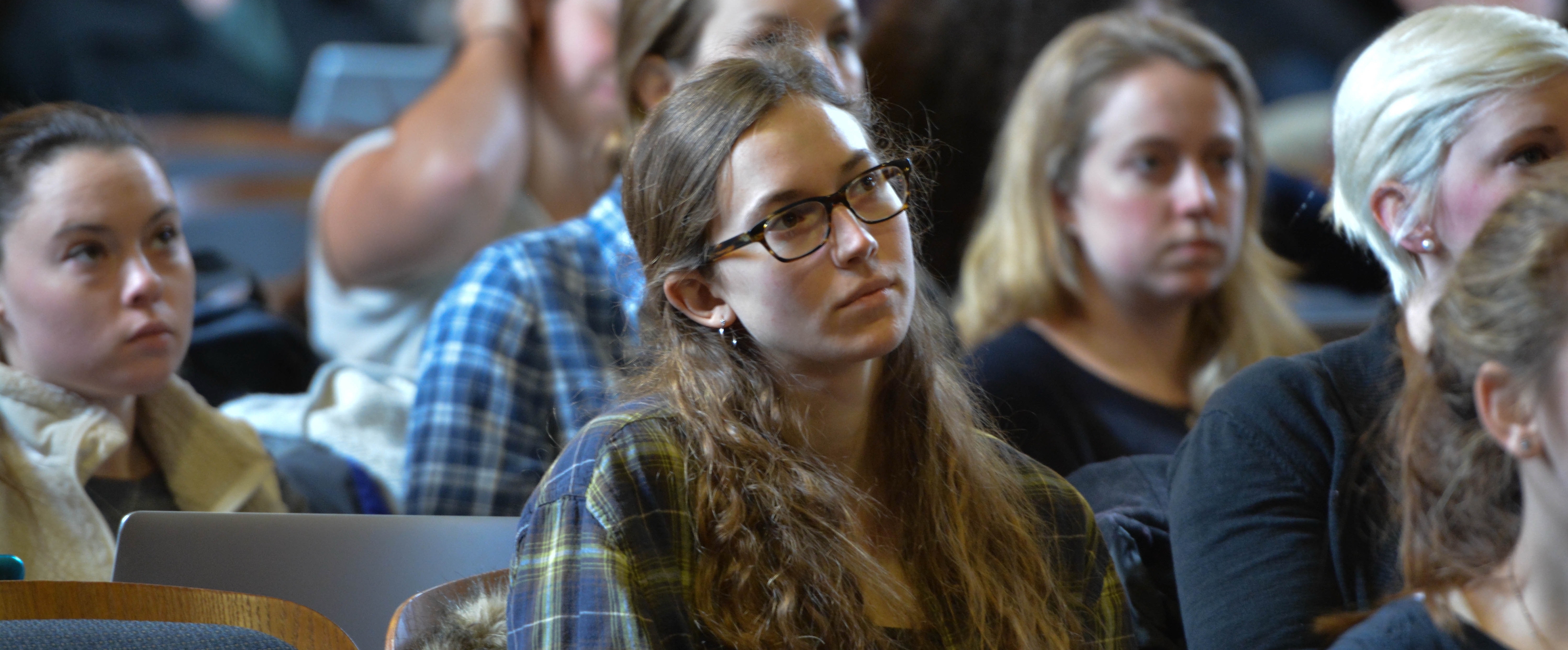References
Carbone, EL. (1998). Teaching Large Classes: Tools and Strategies. Thousand Oaks, CA. Sage Publications.
Cooper, JL, Robinson P. (2000). The Argument for Making Large Classes Seem Small. New Directions for Teaching and Learning. 81: 5-16.
Freeman S, et al. (2014). Active learning increases student performance in science, engineering, and mathematics. PNAS 111(23): 8410-8415.
Hodges, L. (2016). Three Common Demands from Students in Large Classes and What to Do About Them. The National Teaching and Learning Forum 25.5: 1-4.
Knight JK, Wood WB. (2005). Teaching More by Lecturing Less. Chudler E, ed. Cell Biology Education. 4(4):298-310. doi:10.1187/05-06-0082.
Mayer RE, Stull A, DeLeeuw K, et al. (2008). Clickers in college classrooms: Fostering learning with questioning methods in large lecture classes. Department of Psychology, University of California, Santa Barbara, CA.
Robert J, Lewis SE, Oueini R, and Mapugay A. (2016). Coordinated Implementation and Evaluation of Flipped Classes and Peer-Led Team Learning in General Chemistry. Journal of Chemical Education. 93(12): 1993-1998. doi: 10.1021/acs.jchemed.6b00395
Smith M, Wood WB, Adams WK, et al. (2009). Why Peer Discussion Improves Student Performance on In-Class Concept Questions. Science. 323(5910): 122-124. doi: 10.1126/science.1165919
Stanley CA, Porter ME. (2002). Engaging Large Classes: Strategies and Techniques for College Faculty. Boston: Anker Publishing Company, Inc.



![Belet, E. (Emile). La végétation sous-marine. [1900]](/sites/default/files/styles/3_2_320/public/2025-09/veg_banner.jpg?h=731eaa0b&itok=K90uO6CI)